Sustainable Fisheries UW: The fastest fish in the ocean are on faster tracks to larger, healthier levels
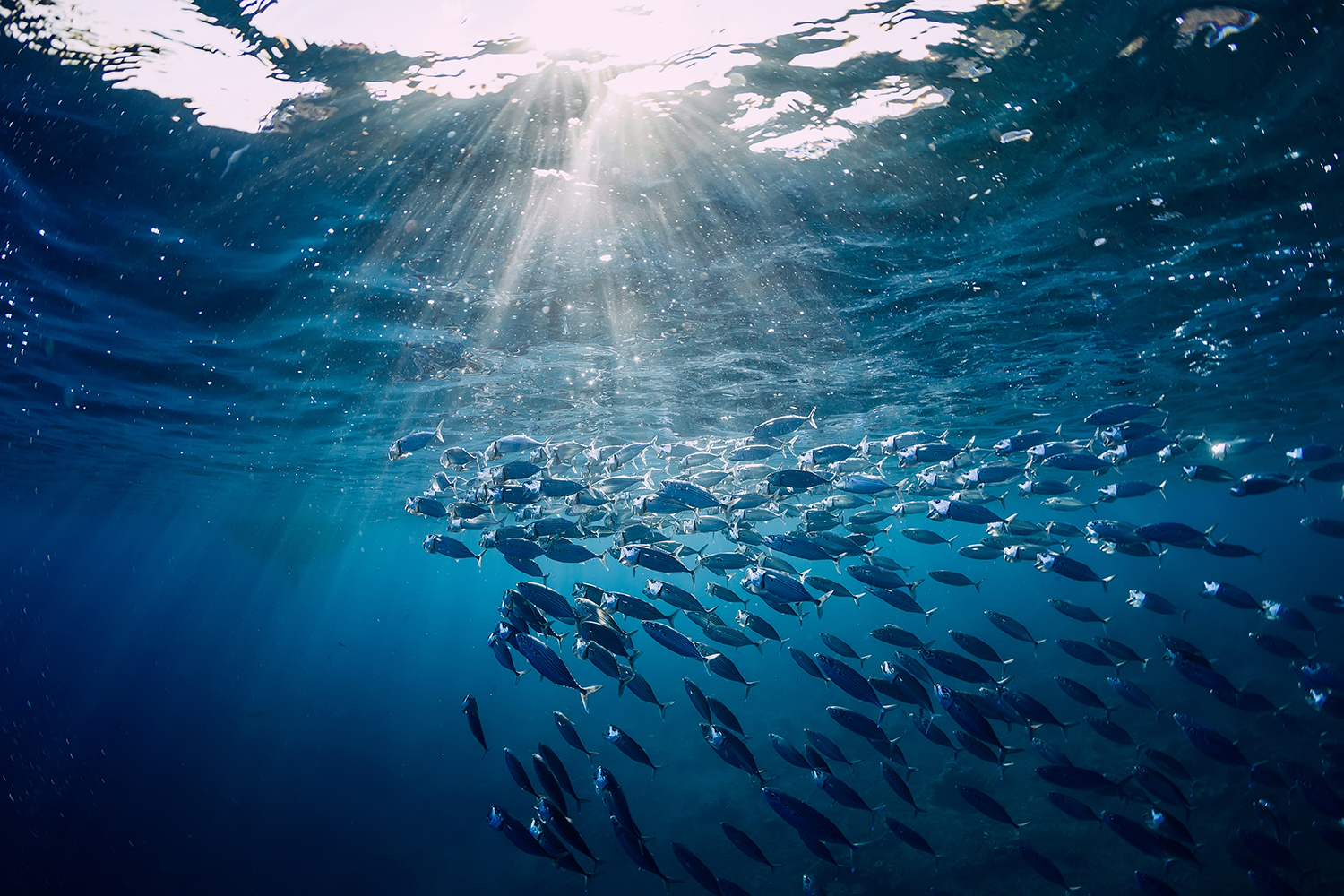
The data that policymakers use to make decisions about ocean conservation need to be clarified. The default management goal in fisheries is often “fully exploited” fisheries, meaning fish populations are fished at a sustainable rate while producing the maximum amount of food in perpetuity.
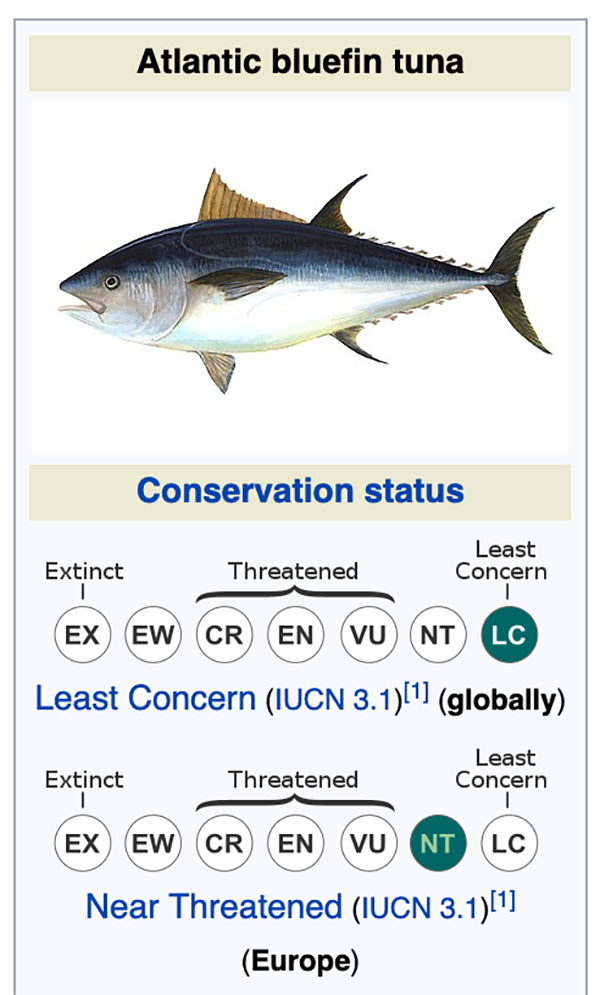
Yet the term “fully exploited,” when applied to fisheries statistics, can carry a negative connotation in the minds of journalists, politicians and everyday people.
The International Union for Conservation of Nature’s (IUCN) Red List of Threatened Species is easier to interpret. It assesses the conservation status of animals, plants and fungi, and its assessments are widely known, e.g., included in Wikipedia entries.
On the IUCN Red List, species’ conservation status can be (from left to right, at right) extinct, extinct in the wild, critically endangered, endangered, vulnerable, near threatened or of least concern. The IUCN Red List provides a conservation snapshot, but assessments are infrequent and can quickly become outdated. In the last few years, scientists have developed a Red List Index (RLI) for some species that captures trends in extinction risk over time.
A paper published last month in Science reports an RLI for several species of oceanic tuna, billfish and sharks, but the authors took an additional step forward and developed a Continuous Red List Index that gives policymakers real-time information on conservation status.
Further, they calculated how adjusting fishing pressure changes the RLI conservation status of different species, so regulators know how fishery management decisions will impact the conservation status of ecologically and economically valuable sharks, tunas and billfishes.

Status of tunas, billfishes and sharks in a global context
Researchers found that tuna and billfish follow the general trend of global fisheries over the past 70 years: increasing fishing pressure from the 1950s to the 1970s, overfishing through the 1980s and 1990s and then recovery and stability over the last few decades thanks to fishery management regulations enacted and enforced in the 1990s and early 2000s. Sharks have not been as well-managed and continue to show lower conservation status.
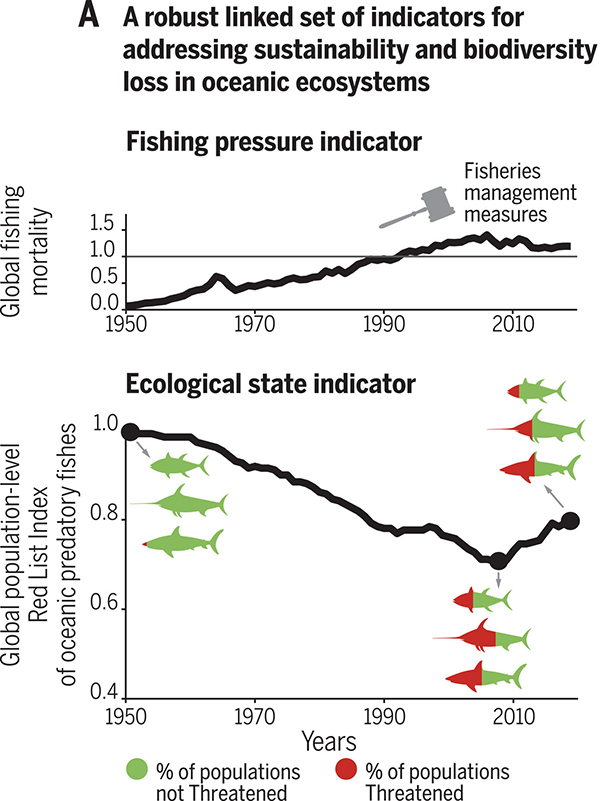
Fig. 3 from Juan-Jordá et al. (2022) shows the Global Red List Index status for each taxon studied and combined (A). An RLI value of 1.0 indicates that all species qualify as “least concern” (that is, not expected to become extinct in the near future), whereas an RLI value of 0 indicates that all species have gone extinct.
Fig. 1A from Juan-Jordá et al. (2022) at right shows how the global population-level RLI (A in the figure above) closely tracks changes in fishing mortality for 52 oceanic tuna, billfish and shark populations over the last 70 years. This is important as it provides decision-makers with a linked set of pressure-state indicators for tracking the health of oceanic biodiversity, according to the researchers. You can see how fisheries management measures enacted in the 1990s/early 2000s led to recovery and ecological improvements.
Tunas and billfishes are the only major taxa to show improvement: effective fisheries management has been proven to work over the past 20 to 30 years. Unfortunately, several species of sharks and rays are located in developing areas that cannot effectively manage and monitor their fisheries. Building management capacity in those regions is a vital conservation priority, as the majority of managed fisheries are healthy or recovering.
Many sharks also suffer from inadequate bycatch (accidental catch) regulations. The authors highlight shark bycatch as an area in which nearly all fishery management programs can improve. A paper published earlier this year shows how dynamic fishery management can significantly improve bycatch rates in several species, including several tuna and billfish.
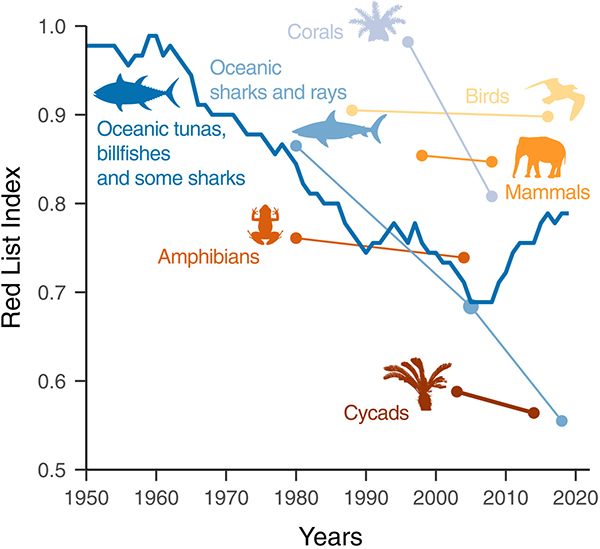
Still, Juan-Jordá et al. shows how effective fisheries conservation has been compared to nearly every other type. Many terrestrial species have declined due to habitat loss from conflict with humanity’s need for space. In contrast, the most significant biodiversity threats in the ocean are carbon-related: climate change and ocean acidification are, by far, the most significant threats to coral reefs.
More mobile ocean animals are moving toward the poles in search of cooler water, creating new conflicts that threaten species. There is still work to be done to conserve sharks, but the science is known – it’s just a matter of implementing effective fisheries management.
 Hear more from Sustainable Fisheries UW
Hear more from Sustainable Fisheries UW
Follow Sustainable Fisheries UW @SustainFishUW
Author
-

Max Mossler
Max Mossler is the managing editor of sustainablefisheries-uw.org and is an employee of the School of Aquatic and Fisheries Sciences at the University of Washington. His writing and analysis are independent of the Global Seafood Alliance and are published on the Advocate with his permission.
Tagged With
Related Posts

Fisheries
‘Regulation is pushing toward greenifying materials’: How one innovator is upcycling seafood waste into biodegradable packaging foam
GOAL 22: Cruz Foam’s biodegradable packaging foam made with shrimp shells is a finalist for GSA’s inaugural Global Fisheries Innovation Award.
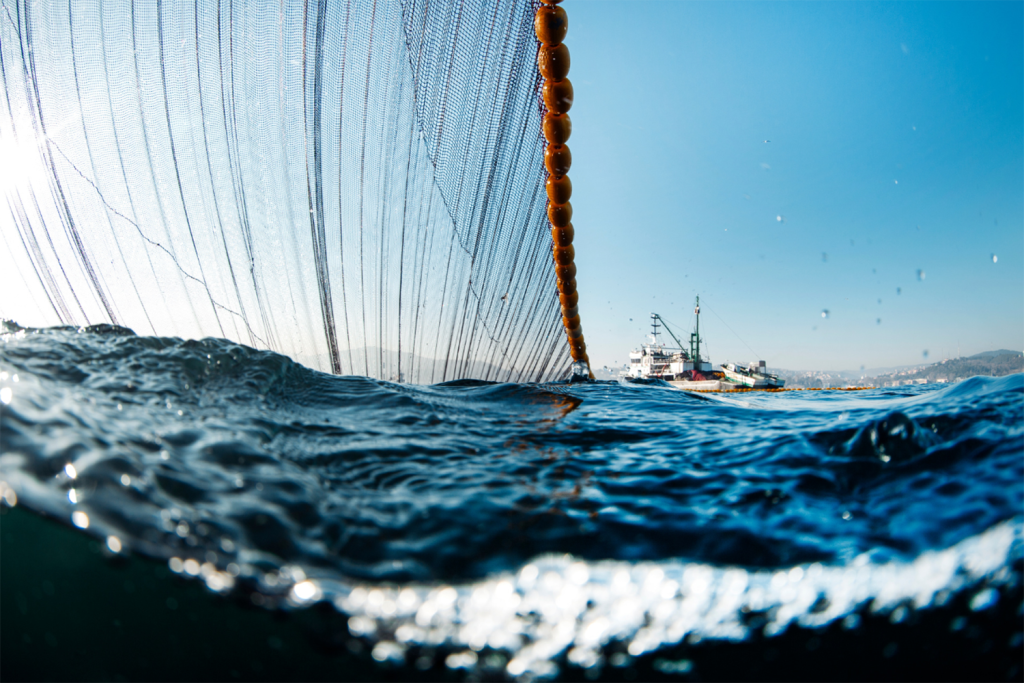
Fisheries
‘They need a good reason to stay’: How one coalition may break a decade of deadlock in the North Atlantic mackerel fishery
GOAL 2022: The North Atlantic Pelagic Advocacy Group, led by Dr. Tom Pickerell, is a finalist for GSA’s inaugural Global Fisheries Innovation Award.

Fisheries
How artisanal fisheries can challenge typical parameters of success
Artisanal fisheries provide nutrition to millions while treading lightly on ocean health and biodiversity, but support is often a struggle.
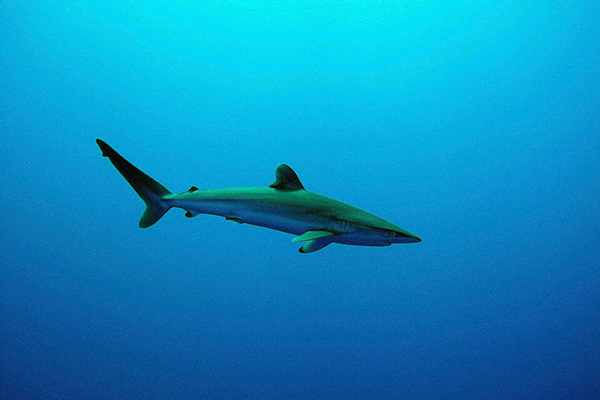
Fisheries
Fisheries management help tunas, billfishes recover, but extinction risk of sharks rises
New study suggests conservation and fisheries management help tunas and billfishes recover, but shark biodiversity continues to decline.

